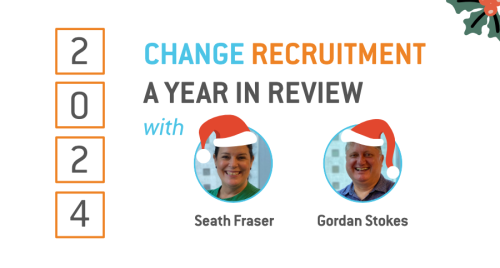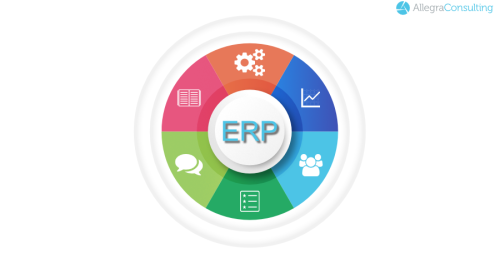
Recently, I have had many conversations with senior executives and leaders in organisations talking about how to build what they have called change resilience, change adaptivity or an ability for their organisation and its people to handle the pace of change.
Spanning across multiple industries, different sized organisations, with different types of change journeys – the question and discussion remain largely the same.
Similarly, I have had many discussions with senior change leaders, change directors and other practitioners looking to support executives in building a competency or capability right across the organisation.
This is exciting for us and for our industry – its speaking to the changes we are seeing where change management is not just something associated with project change, such as, new systems or processes, but something broader and deeper that is needed in our employees and people leaders and broadly across organisations as “work” changes.
How do you know where we sit with organisational change maturity?
Organisational Change Maturity can be seen through four key lenses:
- Clarity – are roles for change clear – across projects and more broadly in executives, people leaders and employees? And is everyone clear on their role in change across the organisation?
- Context – do you have the right contextual setting – tools, approaches, frameworks, governance, centralised portfolios?
- Capability – are you building broader change capability across the organisation in your learning and development approach?
- Culture – is change embraced or discouraged? Change capable organisations have a way of working that is hungry and open to change, curiosity and even innovation – change is seen as an integral part of work.
Clarity
First on the list is Clarity. Clarity is about ensuring roles and responsibilities are clear – clear for the practitioners – project managers, change managers, and so on. If you have a centralised change function - is it established with a clear purpose and specified services. And are roles and responsibilities clear for executives, people leaders and employees. Organisations with high levels of change maturity have greater clarity of role in relation to change – employees and people leaders are clear on the role they play in managing change and executives are sponsoring it well.
Capability
Closely coupled with clarity is capability. Again, when thinking about the capability to lead and deliver change you need to be thinking holistically across organisation. First, where you need specific support from change and or project practitioners – do you have the right skills and capability in these practitioners. Second, you need to consider how you have built the capability in your leaders to lead change and in your employees to lead themselves through change. Focusing on skills and abilities such as change leadership, adaptive behaviour, emotional intelligence, empathy, curiosity, innovation, wellness amongst others coupled with an open inquisitive mindset.
Context
Context is defined as being about “about the circumstances that form the setting for an event/idea”. So, Change Capability Context is about being clear on the exploring if your organisation has good change governance, approaches/frameworks, budgets, resourcing and good measurement of success in place. It is also about ensuring that Change Management is seen as a priority for the organisation.
Culture
Culture is about the way we do things – or ways of working - change capable organisations have a culture that supports continuous change, organisational change and even curiosity and innovation. Successful change capable and adaptive organisations see change management and leadership as everyone’s role and business as usual. In these organisations, change is managed collaboratively with shared accountability for change outcomes.
If you want to know more or read about our service offering in this space, head to our services page, email me on carolline.mills@allegraconsulting.com.au or give me a call on 0404-881-432.







